
The beaches of Cornwall and Devon and the beauty of the Lake District may be shut off to us weekenders right now, but that doesn’t mean our thirst for adventure can’t be satisfied by other means.
Yes, sunshine – you can travel to your favourite UK regions via the power of your tastebuds when you dive into the recipes below, from the hearts (and stomachs) of three of our much-loved weekend destinations.
Each recipe comes from a small independent bar or restaurant in some of the most popular places across the UK. So cook up their signature fair, then show them some small biz love by putting them on your wishlist for life after corona.
Chow down, lock down. Delicious.
Cornish Surf & Turf
Prep time: 5 mins | Cooking time: 25 mins | Serves 2
By Penrose Kitchen, an award-winning restaurant on the outskirts of Truro. Featured in the Cornish Cookbook
You need
300g Cornish earlies (potatoes)
Fine table salt
2 small lemon sole, skinned and filleted
110g Cornish unsalted butter
10 seedless red grapes
200g lamb’s liver
½ lemon, juiced
1 large pinch of good quality saffron (Cheshire or Cornish organic)
5ml vegetable oil
300g baby spinach, washed
(Pictures courtesy of Penrose Kitchen)
Do this
Wash the potatoes in warm water to remove excess dirt and loose skin. Fill a saucepan with fresh cold water, add a pinch of salt and put the potatoes in. Bring to the boil then simmer gently until cooked through. If the potatoes are done they will slide easily off a knife. Drain and add 20g of the butter and a pinch of salt to the pan, then cover with foil and or a lid to keep hot until needed.
Preheat the oven to 180°c. Lay the lemon sole fillets flat on a chopping board skin side down and season lightly with salt. Roll each one up, but not too tightly to ensure even cooking. Lightly grease a flat baking tray with 10g of soft butter and place the fillets and grapes on it. Bake in the oven for 5 minutes.
Place a griddle pan on the stove and let it heat for about 2 minutes. Season the liver with a little vegetable oil and salt then cook for approximately 1 minute on each side. Remove from the heat and allow the meat to rest.
Put the lemon juice and the saffron into a small saucepan, gently heat and then stir in the remaining 80g of butter. Add a good pinch of salt and set aside.
Heat a small frying pan and add the vegetable oil. Place the spinach in the pan with a pinch of salt and lightly toss until wilted. Remove and drain off any excess water.
Remove the fish from the oven. Arrange the spinach in the centre of a warm plate. Place the fish fillets on top of the spinach and arrange the potatoes around the fish. Thinly slice the pink liver and lay in between the fish. Place a grape on each fish fillet, pour over the butter sauce and serve.
Traditional Cornish Steak Pasty
Prep time: 30 mins | Cooking time: 50 mins | Make 8
By Philips’ Bakery, a family bakery in Hayle, Cornwall. Featured in the Cornish Cookbook
You need
For the shortcrust pastry
1kg plain flour
250g solid vegetable fat
250g lard
Good pinch of salt
350ml cold water
For the Filling
4 large potatoes, peeled and diced
1 large onion, peeled and diced
½ a swede, peeled and diced
Salt and pepper
560g skirt steak, seasoned
Knob of butter
To Glaze
1 beaten egg, diluted with a splash of water
Do this
Sieve the flour into a large mixing bowl and cube the vegetable fat and lard. Add them to the flour with a good pinch of salt and rub together to a crumb consistency. Add the cold water and mix until combined; all the water should have been absorbed. Cover and leave to rest in the fridge for 20 to 30 minutes.
Baker’s tip: The pastry can be made the day before and placed in the fridge to ensure it is well rested and pliable. While the pastry is resting, prepare the filling. Mix the peeled and diced vegetables together and season with salt and pepper to taste. Preheat the oven to 180°c. Remove the pastry from fridge and divide into eight equal balls.
On a floured surface with a rolling pin, roll each ball into a dinner plate-sized round about 7-10mm thick. Divide the vegetable mixture equally between each pastry round and add 70g of seasoned skirt steak to each one.
Sprinkle with a little flour and add a knob of butter, then fold the pastry round in half carefully, ensuring the filling remains inside, and pinch together to seal. Your pasty should now be in the traditional ‘D’ shape.
Starting from one end of the pasty, begin to crimp the sealed edge by twisting and pinching to create a ‘rope’ effect. Once you reach the end, fold the remaining twist over itself with a firm pinch to prevent your crimp unravelling. Line a baking tray with silicone paper (not greaseproof ) and place your pasties on it, leaving space between each one. Brush with the egg glaze and, with a sharp knife, create a steam hole in the centre of each pasty.
Place in a preheated oven for approximately 50 minutes. Check and turn the tray halfway through cooking. Bake until golden and piping hot!
You might also like:
Yorkshire Meatballs with Endive, Shallots and Borlotti Beans
Prep time: 15 mins, plus overnight if soaking beans | Cooking time: 1-2 hrs | Serves 6-8
By Eat Me Café, a lively cafe serving homely favourites with worldly delights in Scarborough. Featured in the North Yorkshire Cookbook
You Need
For the beans
500g dried borlotti beans, or 2 tins
2 tsp salt
1 bay leaf
250g smoky slab bacon (optional)
For the meatballs
900g minced lamb
3 tbsp dried mixed herbs
1 tbsp dried rosemary
1 medium white onion, grated
1 medium clove of garlic, grated
4 large eggs, lightly beaten
200-250g fresh breadcrumbs or finely ground panko breadcrumbs
2 tsp coarse salt
½ tsp freshly ground black pepper
4 tbsp olive oil
1 litre beef or lamb stock
For the Vegetables
60ml extra-virgin olive oil
15 large shallots, peeled and quartered
Coarse salt and freshly ground black pepper
1 head of endive (about 200g)
To Serve
Freshly grated Parmigiano-Reggiano cheese
Bunch of fresh flat leaf parsley
Handful of celery leaves
Do this
If using dried beans, soak them overnight in enough room temperature water to cover. The next day, drain the dried or tinned beans and place them in a saucepan with about 1.2 litres of water along with the salt, bay leaf, and bacon (if using).
Simmer over a low heat for 1 to 2 hours, or until the centre of the beans have a creamy texture. Meanwhile, prepare the meatballs by combining the lamb, mixed herbs, rosemary, onion, garlic, eggs, breadcrumbs, salt, and pepper in a large bowl. Mix with clean hands until well combined.
Heat half of the olive oil in a large frying pan over medium heat. Form one small meatball and sauté until the meat is no longer pink, which should take 4 to 5 minutes. Taste the meatball and adjust the seasoning of the meat mixture as needed, such as adding more salt.
Use an ice cream scoop to form 24 evenly-sized meatballs and lay them on a rimmed baking sheet. Alternatively, divide the mixture into four and make six meatballs from each part.
Add the remaining olive oil to the pan and heat until hot but not smoking. Working in batches, brown the meatballs on all sides, allowing 5 to 6 minutes per batch. Drain the fat from the pot, then return the meatballs to the pan. Add enough beef or lamb stock to cover them.
Bring the liquid to a simmer over a medium heat, then reduce the heat to low and allow the meatballs to cook gently until they are cooked through.
Remove the meatballs from the braising liquid with a slotted spoon and transfer to a large platter or baking sheet. Tent the platter with foil to keep the meatballs warm. Strain the braising liquid and reserve.
For the vegetables, heat a large sauté pan over a medium heat and add the olive oil. Add the shallots, season with salt and pepper, then cook for about 10 minutes while stirring occasionally until golden. To prepare the endive, trim the end, separate the leaves and cut each into 5cm pieces then rinse well.
Add the endive to the pan, season again and cook for 2 or 3 minutes until just wilted. Add the cooked borlotti beans and about 60ml of the reserved braising liquid, stirring to combine.
To serve, spoon the vegetable and bean mixture into bowls with some of the pan juices. Top each with three or four meatballs then garnish with Parmigiano-Reggiano, fresh parsley and celery leaves.
Sticky Toffee Crumble Cake with Custard
Prep time: 20 mins | Cooking time: 1hr 20 | Serves 12
By The Bishy Weigh, an eco-friendly grocery shop in York. Featured in the North Yorkshire Cookbook
You Need
For the date paste
150g dates, chopped
170ml water
For the crumble topping
85g Demerara sugar
85g salted butter
85g self-raising flour
30g jumbo oats
15ml milk
1 tsp vanilla bean paste
For the cake
2 medium pears (approximately 200g)
200g blackberries
100g salted butter, melted
100g light brown sugar
40g golden syrup
1 tsp vanilla bean paste
2 large free-range eggs
225g self-raising flour
1 tsp cinnamon
½ tsp ground cardamom
½ tsp bicarbonate of soda
Do this
Preheat the oven to 180°c and line a 20cm square, deep cake pan with baking paper. Add the dates and water to a saucepan and cook on a low heat while stirring (ideally with a silicone spatula) for around 5 minutes until it forms a thick, smooth paste.
Set this aside to cool down while you prepare the crumble topping. Put all the crumble ingredients into a bowl and rub together until combined. Set aside in the fridge.
Wash, peel, quarter, core and finely slice the pears. Wash and drain the blackberries.
For the cake batter, add the date paste, melted butter, sugar, syrup and vanilla to a bowl and mix together. Add the eggs and mix again. Sift in the flour, spices and bicarbonate of soda. Gently fold together until just combined and pour into the prepared cake pan.
Lay the pear slices over the cake batter in an even layer, and the blackberries evenly on top of the pears. Sprinkle the crumble over the fruit and bake for 60 minutes.
To prepare the custard, add the milk to a saucepan, bring to the boil, then remove from the heat. In a separate bowl, whisk together the sugar, egg yolks, cornflour and vanilla until smooth. While continuing to whisk, gradually add the hot milk to the egg mixture until fully combined.
Pour the custard back into the pan and cook on a low heat while stirring until thickened enough to coat the back of the spatula. This should take 15 to 20 minutes.
Serve up the warm cake with a generous drizzle of the fresh custard.
You might also like:
Devon Cream Tea
Prep time: 15 mins | Cooking time: 20 mins | Makes 12
By Johns of Instow, an award-winning family delicatessen, cafe and grocers in the North Devon villages of Instow and Appledore. Featured in the Devon Cookbook.
You Need
670g self-raising flour
210g chilled butter, chopped into small chunks
70g caster sugar, sieved
1⅔ tsp baking powder
285ml whole milk
Small free-range egg, beaten
Clotted cream, to serve
Local or homemade strawberry jam, to serve
Do this
Line a baking tray with baking parchment and preheat the oven to 200°c.
Put the flour, butter, caster sugar and baking powder into a large bowl. With your fingertips, lightly rub the butter into the dry ingredients until it resembles fine breadcrumbs.
Make a well in the middle of the mix and add a little milk. Using a knife, bring the mix into the milk to combine the ingredients. Repeat this process approximately 3 times until the scone mix forms a soft but not sticky dough (see tip).
Turn the mix onto a lightly floured surface and gently knead for 1-2 minutes until smooth. Roll out the dough to a thickness of 3cm deep. Use a 7cm cutter to cut the scone rounds and place them onto the baking tray.
Brush the beaten egg over the top of each scone and place in the oven. Reduce the oven temperature to 180°c and cook the scones for 12 minutes – set a timer!
Reduce the temperature down to 150°c and cook for another 5 minutes.
Remove the scones from the oven and allow to cool slightly.
Serve with local farmhouse clotted cream and the best strawberry jam you can find!
Devon Crab Salad
Prep time: 30 mins | Serves: 4
By Boringdon Hall, a luxury 5-star manor house hotel with an award-winning spa and 3 AA rosette dining on the outskirts of Dartmoor, Devon. Featured in the Devon Cookbook.
You Need
For the crab:
200g picked and cooked white crab meat, all shell and cartilage removed
20g chives, chopped
1 lime, juiced
Pinch of salt
For the curry mayonnaise:
60ml cooking oil
2 tbsp Madras curry powder
100g mayonnaise
40g Greek yoghurt
Salt and pepper
For the mango salsa:
1 ripe mango, finely diced
1 red chilli, finely chopped
To serve:
Crusty bread
Gem lettuce
Do This
For the crab
Combine the crab, chives, lime juice and salt in a bowl and gently mix.
For the curry mayonnaise
Heat the cooking oil and Madras curry powder together in a pan to 60°c, then let cool. Once cool, combine the curry oil with the mayonnaise and Greek yoghurt, and season with salt and pepper to taste. Mix until glossy and yellow.
For the mango salsa
Mix together the mango and chilli.
To serve
Arrange the crab on the plate as shown in the picture. Add the curry mayonnaise and mango salsa, and serve with crusty bread and gem lettuce.
You might also like:
More regional recipes, plus 10% off the cookbooks!
If you fancy tasting more of the UK’s foodie scene then check out Meze Publishing’s range of regional cookbooks. They’ve created easy-to-follow cookbooks featuring recipes from a fantastic array of independent restaurants, cafés, pubs, delis, and producers from different regions in the UK, including Cornwall, North Yorkshire and the North East.
The books are available to purchase from Amazon and online from www.mezepublishing.co.uk. You can also save 10% thanks to an Weekend Candy exclusive. Simply use the code: Candy10 at the Meze Publishing checkout.
Pin for Later:








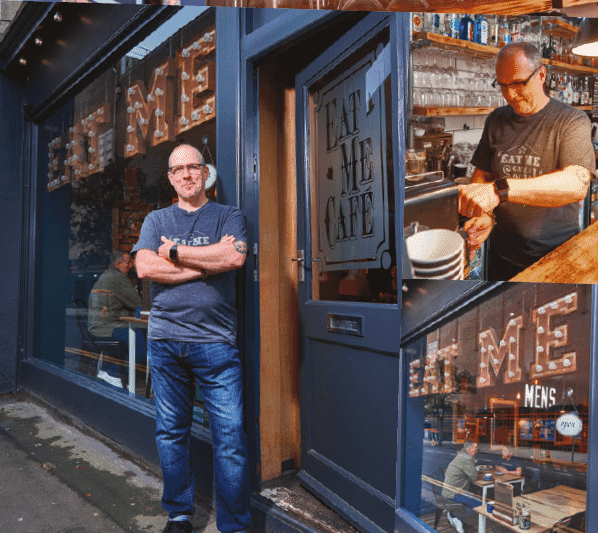

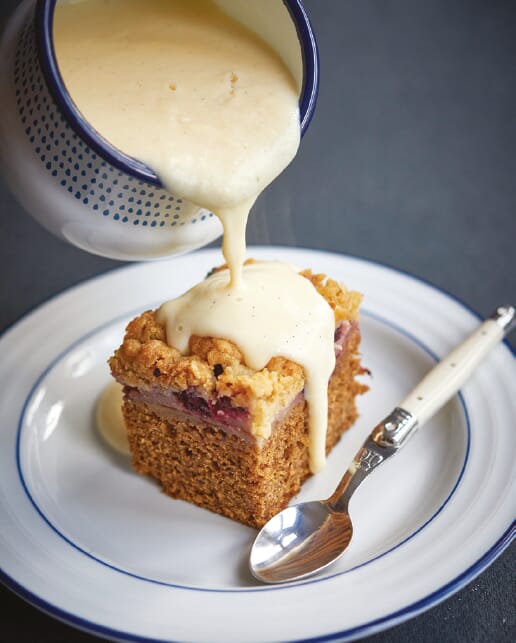

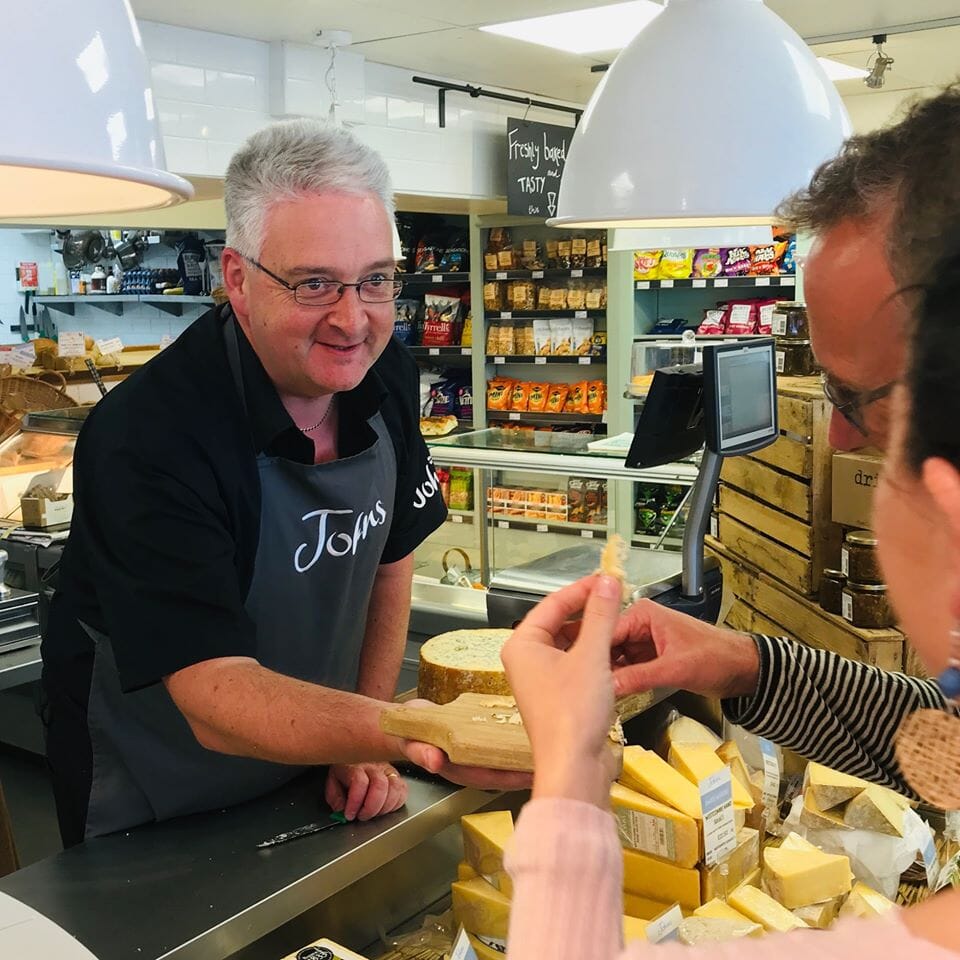

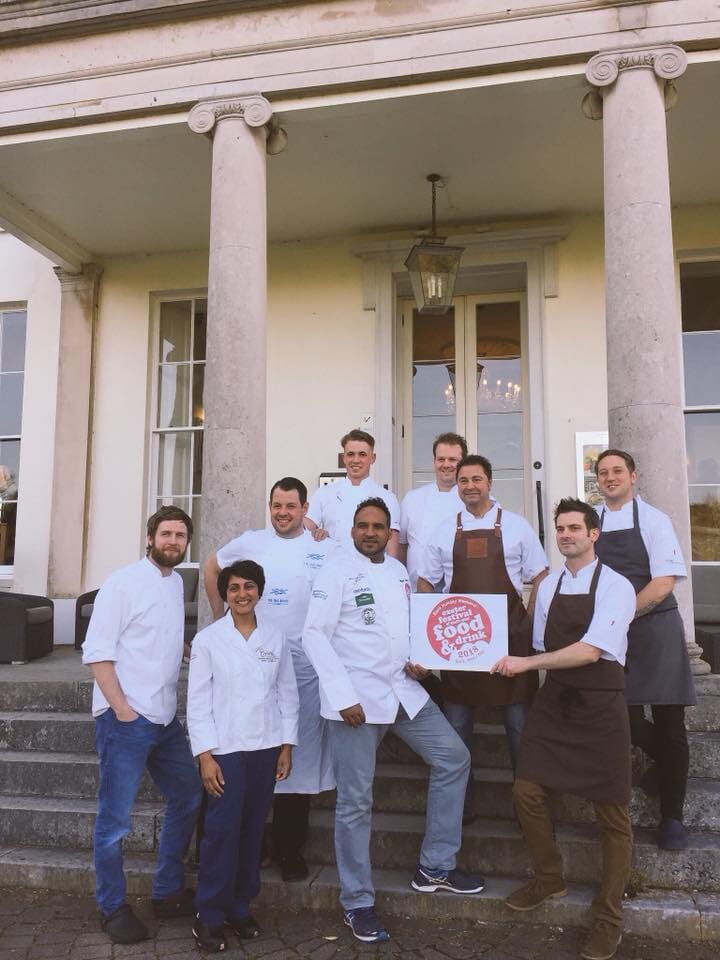



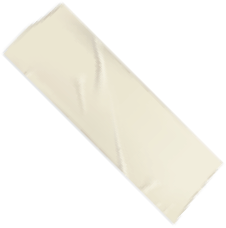
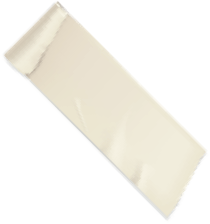







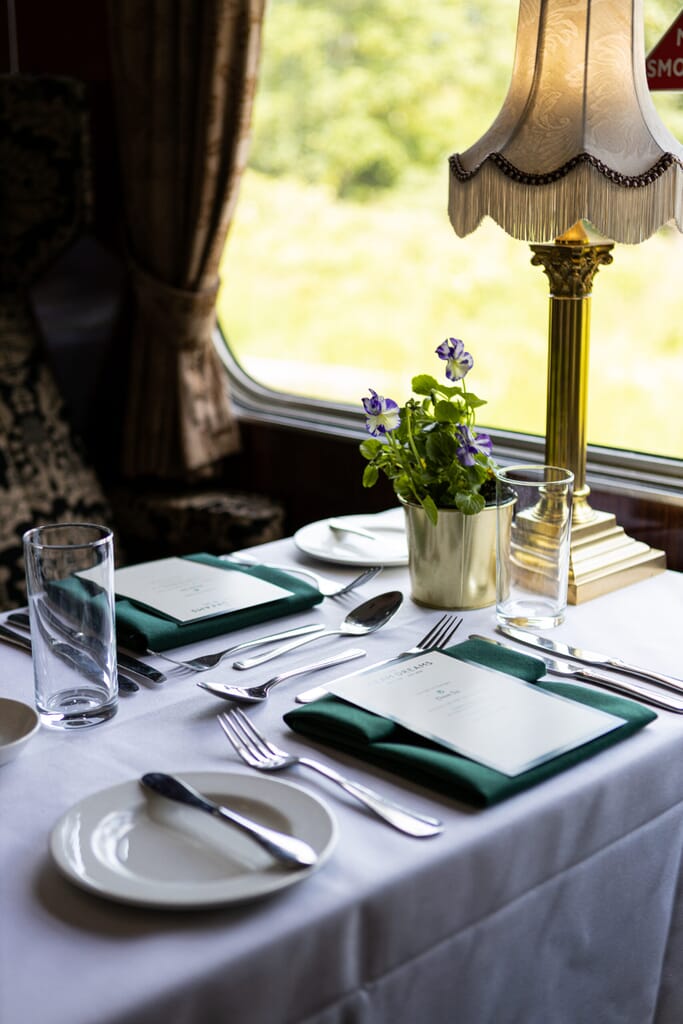
Leave a Reply